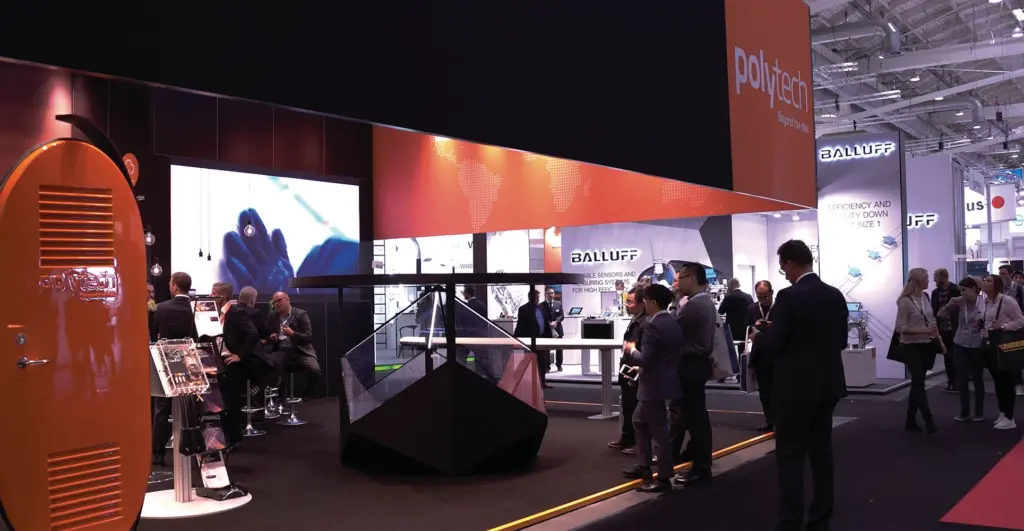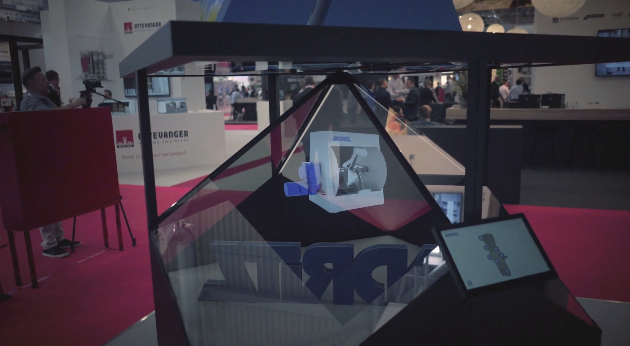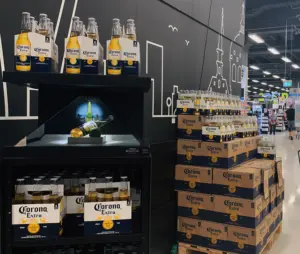Realfiction Holding AB (Realfiction) has recently signed a commercial license agreement with the Hong Kong University of Science and Technology (HKUST) that grants the company exclusive rights to employ HKUST’s patented super-fast ferroelectric liquid crystal (FLC) technology in the production of 3D displays larger than 9-inches. This agreement follows Realfiction’s successful exhibition at Display Week 2023, where they showcased their next-gen 2-inch MicroLED Exho proof-of-concept display. The collaboration with HKUST has enabled Realfiction to pioneer a revolutionary technology, merging their proprietary driving system with super-fast FLC technology. This breakthrough offers a glasses-free, high-resolution, multiuser 3D viewing experience that the company claims surpasses the limitations of existing AR/VR glasses.




Co-founder Peter Simonsen emphasizes the significance of securing the exclusive license with HKUST, as it ensures the company’s intellectual property rights for large, immersive social multiuser 3D MicroLED displays.
Ferroelectric Liquid Crystal Technology
FLC are a type of liquid crystal that exhibits spontaneous polarization. This means that the molecules in an FLC have a preferred orientation, even in the absence of an electric field. This property makes FLCs useful for a variety of applications, including displays, sensors, and optical modulators.
FLCs are made up of molecules that have a long, rod-like shape. The molecules are arranged in a layered structure, with the long axes of the molecules aligned parallel to each other. In the absence of an electric field, the molecules in an FLC are randomly oriented. However, when an electric field is applied, the molecules align themselves in the direction of the field.
The spontaneous polarization of FLCs is due to the presence of a permanent electric dipole moment in the molecules. This dipole moment is caused by the asymmetric distribution of charge within the molecule. When the molecules are aligned in the direction of the electric field, the dipole moments are aligned in the same direction, resulting in a net polarization.
The spontaneous polarization of FLCs makes them useful for a variety of applications. For example, FLCs can be used to create displays that are bistable, meaning that they can be switched between two states. This is useful for creating displays that show static images, such as text or icons. FLCs can also be used to create optical modulators, which can be used to control the intensity of light.
FLCs are a relatively new technology, but they have a number of potential advantages over other types of liquid crystals. For example, FLCs have a fast response time, which makes them suitable for high-speed applications. FLCs are also relatively low-power, which makes them suitable for portable devices.
In recent years, there has been a growing interest in FLCs for a variety of applications. For example, FLCs are being used in displays, sensors, and optical modulators. As the technology continues to develop, it is likely that FLCs will find even more applications in the future.

